A Comprehensive Guide to Outdoor Cooking Essentials
Camping allows us to get back to basics and enjoy nature without many of the modern conveniences of everyday life. However, having the right gear can make or break your camping experience. High-quality camping cookware is essential for whipping up tasty camp meals safely and efficiently. This comprehensive guide will overview everything you need to know about choosing the best camping cookware.
Cooking while camping comes with unique challenges not found in a home kitchen. Space is limited, there may not be access to running water, and traditional cooktops are replaced with camp stoves. Materials need to be lightweight enough for packing but durable to withstand the rigors of outdoor use. Pieces should be versatile and multitasking.
#1 Choosing the Right Camp Cookware Materials
When selecting camping cookware, the materials used in construction should be one of the first considerations. Material impacts the durability, weight, heating efficiency, ease of cleaning, and care required for various types of camp cookware.
The most common materials used for camping cookware include:
| Material | Characteristics | Pros | Cons |
|---|---|---|---|
| Aluminum | -Very lightweight metal -Heats up quickly and evenly -Prone to dents and scratches |
-Lightweight -Good conductor of heat |
-Dents easily -Reactive to acidic foods |
| Stainless Steel | -Strong, durable surface -Heavier than aluminum |
-Very durable -Easy to clean |
-Heavier weight -Doesn’t conduct heat as well |
| Cast Iron | -Extremely durable -Heats evenly once hot available |
-Excellent heat retention -Can be used over campfire -Nonstick when seasoned properly |
-Very heavy -Rusts if not cared for |
| Enamel-Coated Metal | -Smooth nonstick coating -Metal core construction -Decorative exterior colors |
-Lightweight option availableEasy to clean -Chip and scratch resistant |
-Prone to cracks and chips in enamel |
Considering the environment you’ll use the cookware is key. Backpackers should opt for lighter weight aluminum or nonstick coated pieces. Car campers have more flexibility to bring heavier steel, iron, or enameled options. Evaluate your priorities between heating efficiency, care, weight and durability when deciding on camp cookware materials.
#2 Essential Pieces of Camp Cookware
While minimalists can get by with a single pot or pan, having key essential cookware pieces makes preparing camping meals much easier. Here are the must-have items every camp kitchen should have:
i. Camp Stove
A portable camp stove allows you to cook meals without needing to build a fire. Stoves vary widely in size, weight, and fuel source:
- Canister stoves – Use compressed gas canisters as fuel. Lightweight and compact but fuel can be expensive. Common for backpacking.
- Liquid fuel stoves – Burn white gas/petroleum. Hotter burning but heavier and less stable. Also used for backcountry trips.
- Propane stoves – Affordable, accessible propane fuel. Models with 3+ burners ideal for car camping with groups.
Other factors to consider are ignition type, output BTUs, boil time, and wind resistance. Choose a stove adequate for your expected group size.
ii. Camp Pots
Having a set of camp pots lets you boil water for drinks and prepares hot foods like pasta, rice, soup or chili. A 2-3 pot set with lids nested together is essential:
- 1 pot – 2 quarts or larger size with lid for boiling water or small batches
- 2 pot – 4-6 quart pot for cooking larger quantities
- Kettle – Useful for quickly heating water without tying up the main pot
Choose camp pots with handles that stay cool and lightweight material if backpacking. Stainless steel or aluminum pots with nonstick coating are good options.
iii. Frying Pan / Skillet
Good for cooking eggs, meats, grilled sandwiches—anything that needs more surface area than pots offer. Skillets should be lightweight; nonstick is useful. Some sets include a frying pan lid.
#3 Additional Useful Camp Cooking Gear
While a stove and basic pots and pans form the foundation of a camp kitchen, having some supplementary items makes cooking easier:
i. Cutting Board
A cutting board gives you an easy surface for slicing veggies, cheese, fruit or meats to add to meals. Plastic or wood boards with handles are portable options to throw in a camping bin.
ii. Cooking Utensils
Having basic cooking utensils for handling foods is a must:
- Knives – Chef’s knife, paring knife, serrated knife
- Spatulas – Metal and plastic for handling different foods
- Tongs – For turning meats and foods
- Serving spoons – Ladles for serving soups or stews
- Can opener – If cans included in ingredients
Make sure handles are either plastic or stay cool. Shop for lightweight utensil sets tailored for camping.
iii. Plates & Bowls
While hardcore backpackers may eat directly out of pots, having a plate and bowl or two even for car camping makes meals more civilized. Plastic, enamelware plates and collapsible bowls are durable, lightweight options that nest for packing.
iv. Camp Sink Basin
A foldable basin lets you wash dishes easily without wasting water. It’s like bringing a tiny sink on your trip. Sinks pack down small.
v. Camp Tableware
Having plates, bowls and mugs makes meals simpler, but you also need the tools to eat with. Camp sets have unbreakable plastic or metal:
- Knives, forks and spoons
- Camp mugs, insulated or just basic
- Mesh tableware bags to dry and organize utensils.
#4 Factors To Consider When Buying Camp Cookware
Beyond deciding on the right materials and pieces for your needs, there are some additional factors to weigh when selecting quality camping cookware:
i. Weight
If you’ll be backpacking, cut down on pack weight wherever possible. Seek out titanium, aluminum or other ultra lightweight cookware. Sets with nesting pieces take up less space.
For car campers, heavier steel or cast iron cookware is manageable since weight isn’t as big a concern. Find a balance between durability and cutting ounces for your carrying needs.
ii. Size / Capacity
Consider how many people you’ll regularly be cooking for when selecting pots and pans. A 1-2 person backpacking set takes up minimal space but won’t work for larger groups.
For car camping or family base camps, look for cookware with higher capacity pots that can feed 4-6 people per pot.
iii. Easy Cleaning
Look for cookware with nonstick coatings or enameled finishes whenever possible – especially for pots and pans. This prevents food from sticking and makes washing much simpler without extensive scrubbing.
Campsink basins make cleaning easier. Having biodegradable camp soaps that don’t harm the environment are also smart picks for hassle-free clean up.
iv. Nesting Ability
To save on space when packing and carrying, choose cookware sets where pots and pans can nest inside each other. This prevents things banging around on transport and minimizes needed storage space.
#5 Care and Maintenance Tips for Camp Cookware
Investing in quality camping cookware means you’ll want to take proper care of it so it lasts for years. Here are some important care and maintenance things to remember:
i. Handwash Properly
Get into the habit of handwashing cookware shortly after use before food dries and sticks. Use hot water plus biodegradable camp soap. Don’t use harsh detergents that can strip seasons finishes over time.
ii. Inspect for Damage
Especially after longer trips, inspect cookware for damage including dings, cracks or warping when you unpack at home. This ensures issues get addressed before the next trip.
iii. Ensure Proper Storage
Store camp cookware properly between trips to avoids dents, warping or other damage. Nest cookware inside each other and wrap in towels inside plastic bins or padded bags. Don’t overstack heavy pots that can dent softer metals.
Taking a little extra care makes camp cookware last much longer. Establishing cleaning, damage inspection and storage habits keeps items in top shape for many future camping meals!
iv. Re-Season Cast Iron at Home
Periodically re-season at home to maintain the nonstick patina. Scrub cookware by hand without soap, dry thoroughly, then rub with a thin coating of cooking oil and heat in the oven for an hour. Wipe away excess oil after cooling.
#6 Camp Cooking Safety Tips
Cooking outdoors comes with unique safety considerations:
- Set up stove and cookware on a flat, stable surface away from tent walls
- Cordon off the cooking area to keep pets and kids a safe distance from hot food and surfaces
- Avoid wearing loose clothing that could catch fire and tie back long hair
- Have a fire extinguishing source on hand in case of flare ups
- Let cookware cool fully before packing to avoid melting bags or wraps
Exercising caution with camp cooking greatly reduces the risk of injury or accidents.
Getting the Most From Your Camp Cookware
Follow this advice to extend the life and functioning of your camp cookware purchases:
- Season cast iron by oiling and heating cookware prior to the maiden voyage to create an initial layer of seasoning
- Limit metal utensil use with nonstick pans to prevent scratching the coating
- Avoid extreme temperature shifts that can warp cookware by allowing it to cool somewhat before rinsing
- Protect handles from damage in transit by nesting lids inverted to prevent cracking
Implementing small maintenance habits makes camp cookware perform optimally trip after trip for years of service.
FAQs about Outdoor Cooking
To maximize the lifespan of your outdoor cooking equipment, practice proper maintenance. Clean and dry your gear thoroughly after each use, avoid using abrasive cleaning tools on non-stick surfaces, and periodically check for signs of wear. For items like cast iron cookware, seasoning with oil can help prevent rust and maintain non-stick properties.
Major outdoor retailers like Evergreen Adventure and PTT Outdoor (MY) Sdn Bhd. Also can shop at Shopee and TikTok.
When cooking over a campfire, use a stable cooking surface like a grill grate, and build a well-controlled fire with a mix of coals for even heat. Pack foil for easy cleanup, and prep ingredients beforehand for efficient cooking over an open flame.
When camping, manage leftovers by practicing portion control to minimize excess food. Opt for resealable containers or reusable storage bags to keep leftovers fresh, and consider planning meals that allow for easy reusing or repurposing of ingredients.
When camping, the basic process for washing dishes involves using biodegradable soap and hot water. Scrape food debris into a trash bag, wash dishes away from water sources, and utilize a portable basin to minimize environmental impact.
Thank you for taking the time to explore our article! If you’re hungry for more camping tips and outdoor adventures, check out our next insightful piece on essential gear for a memorable camping experience here. Happy reading!

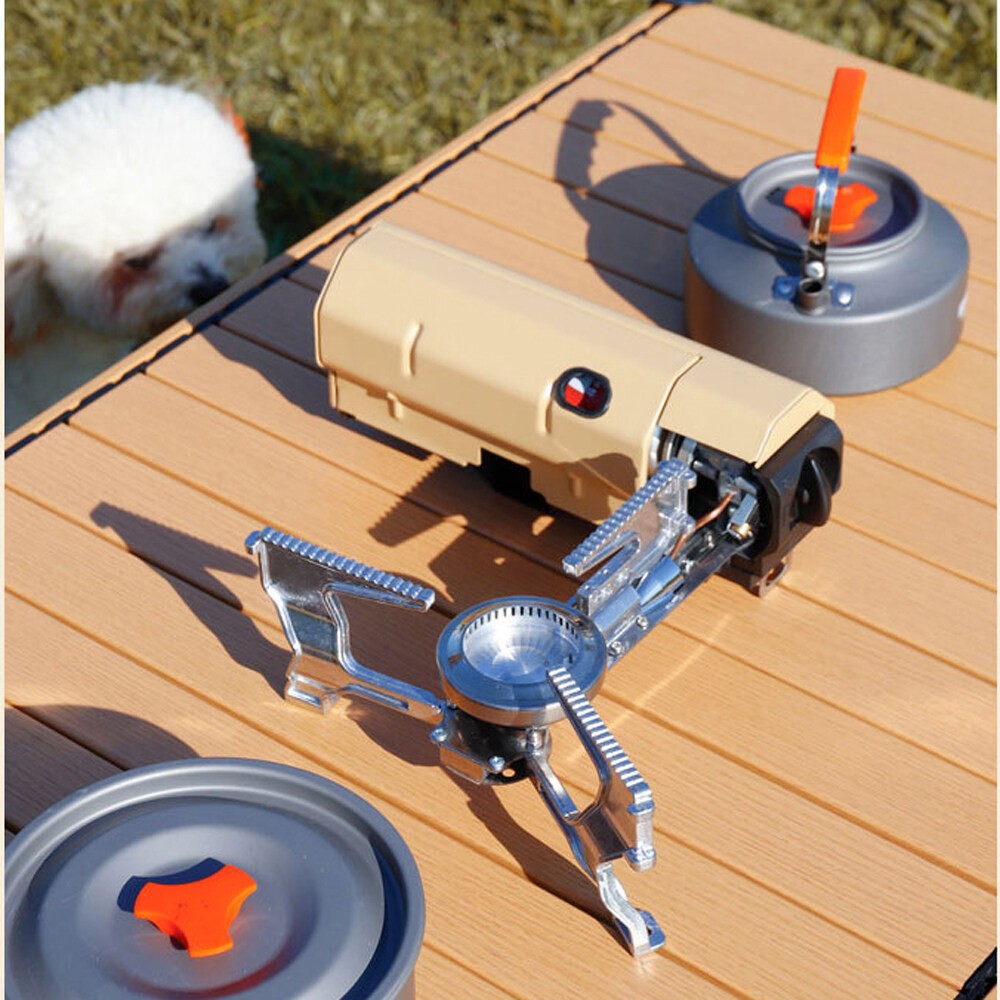
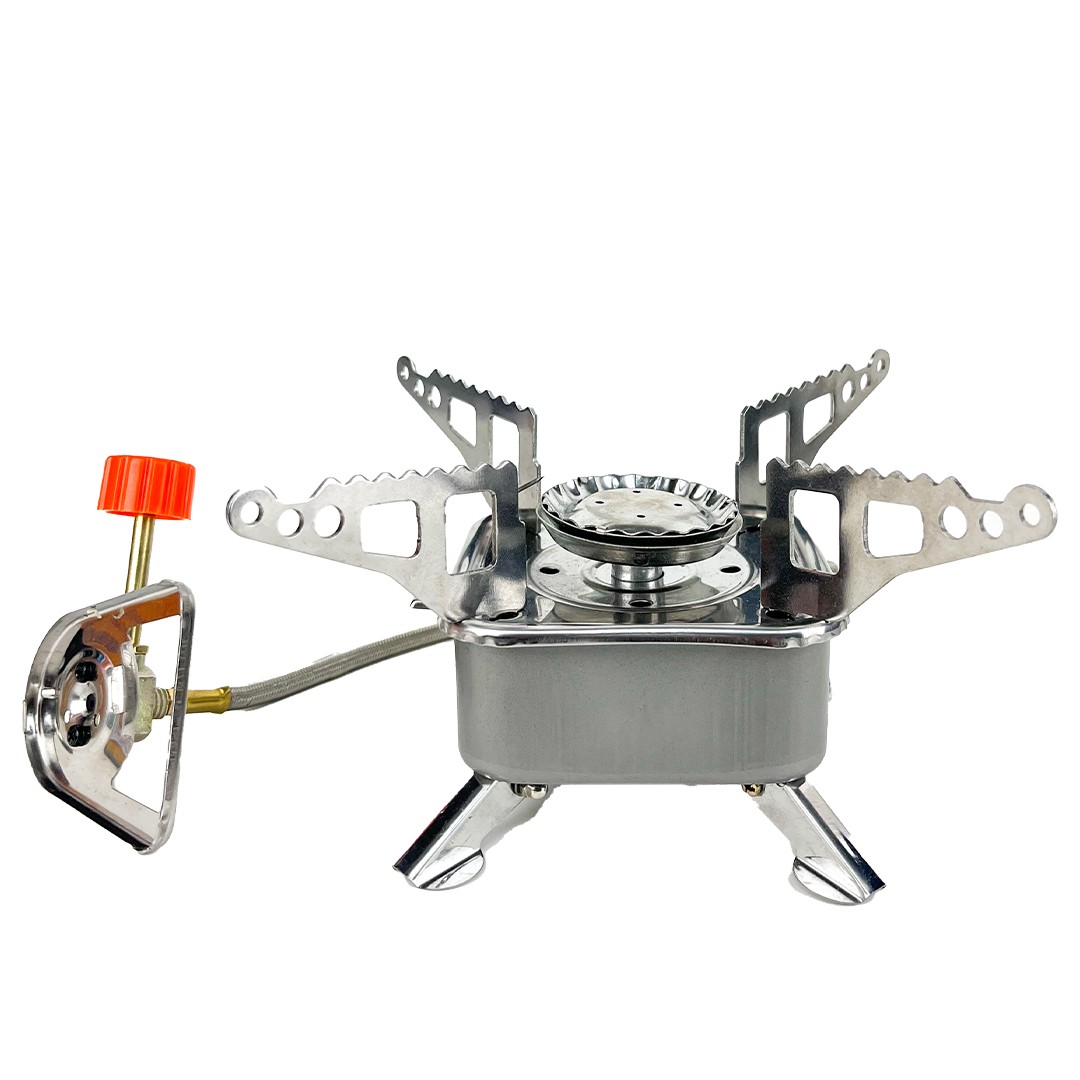
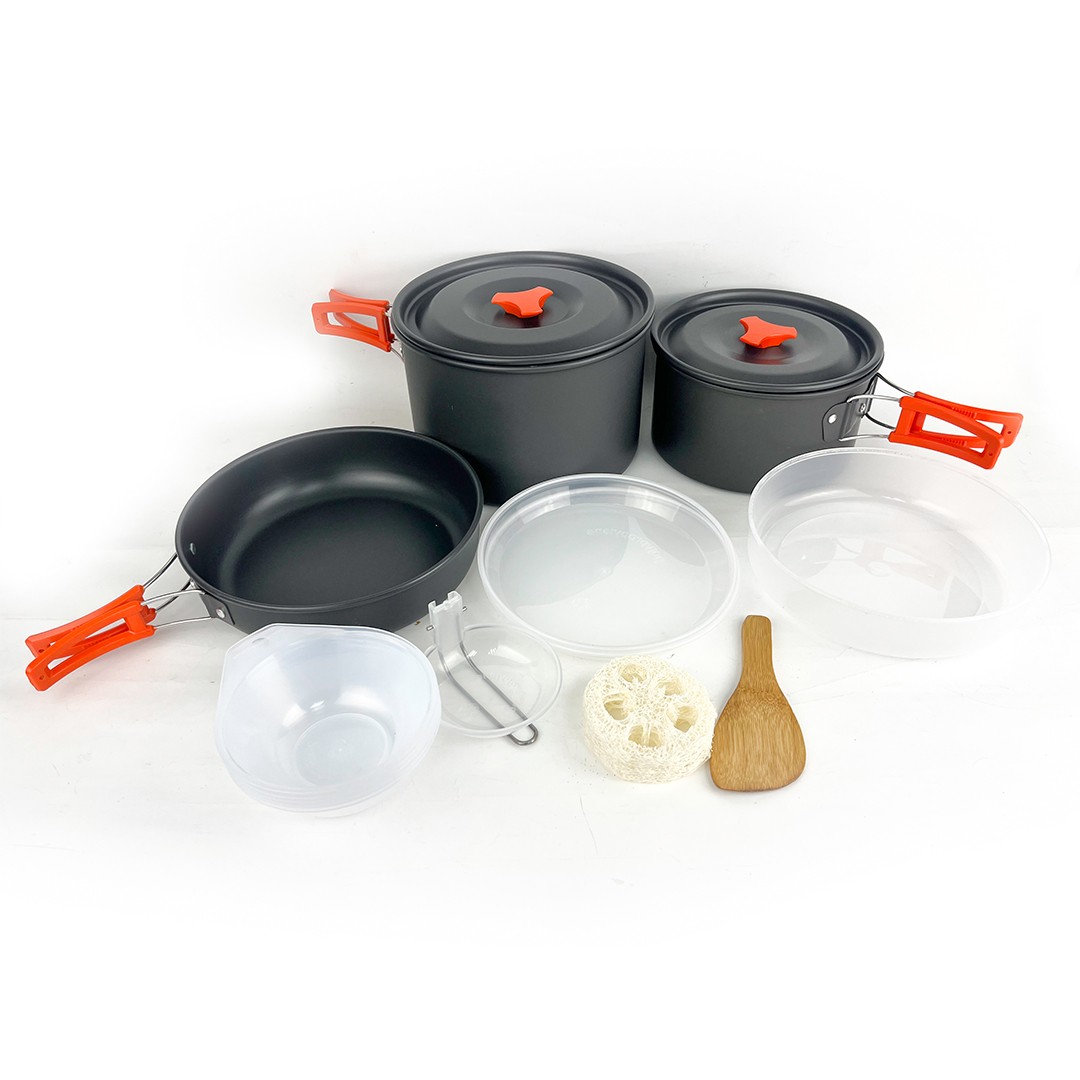
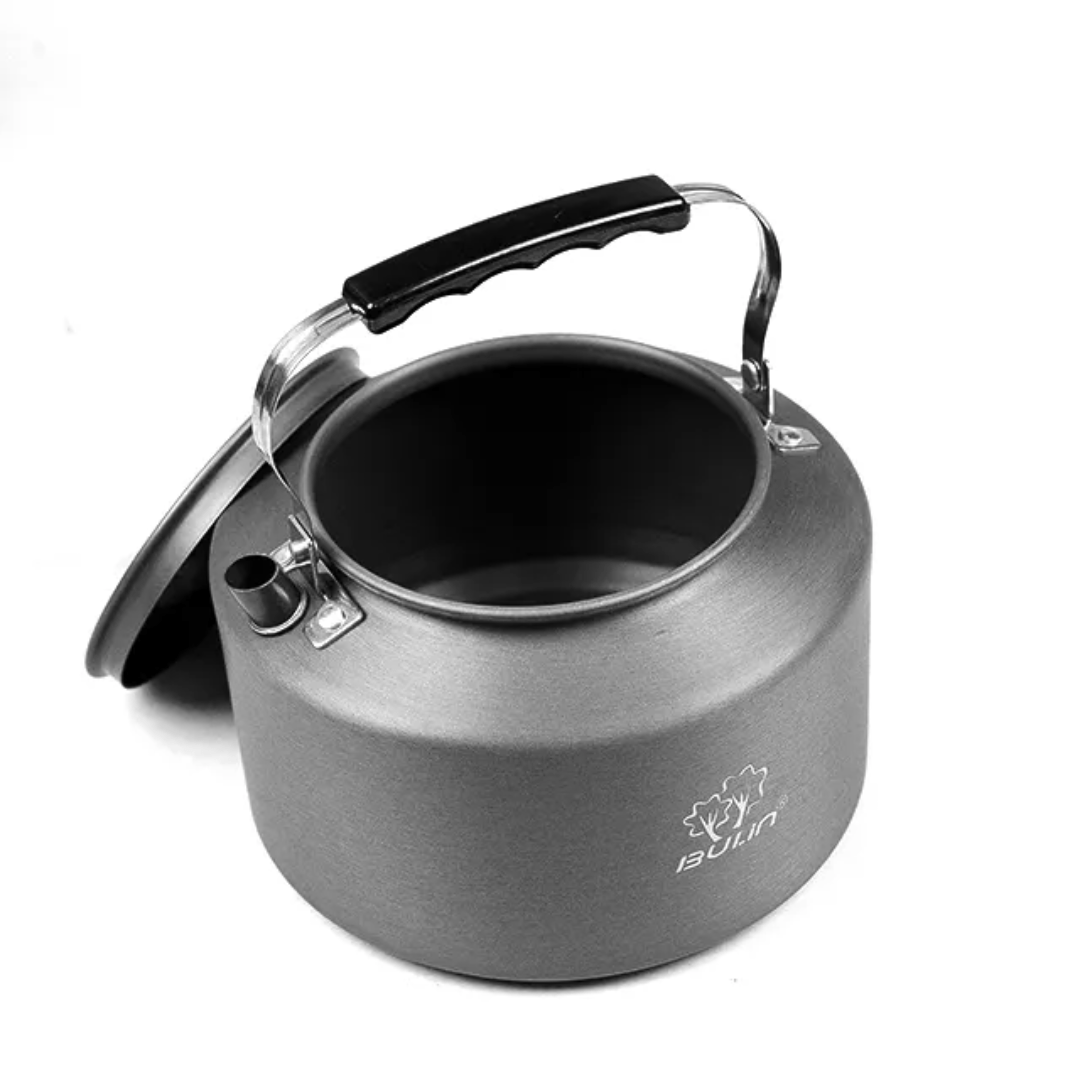
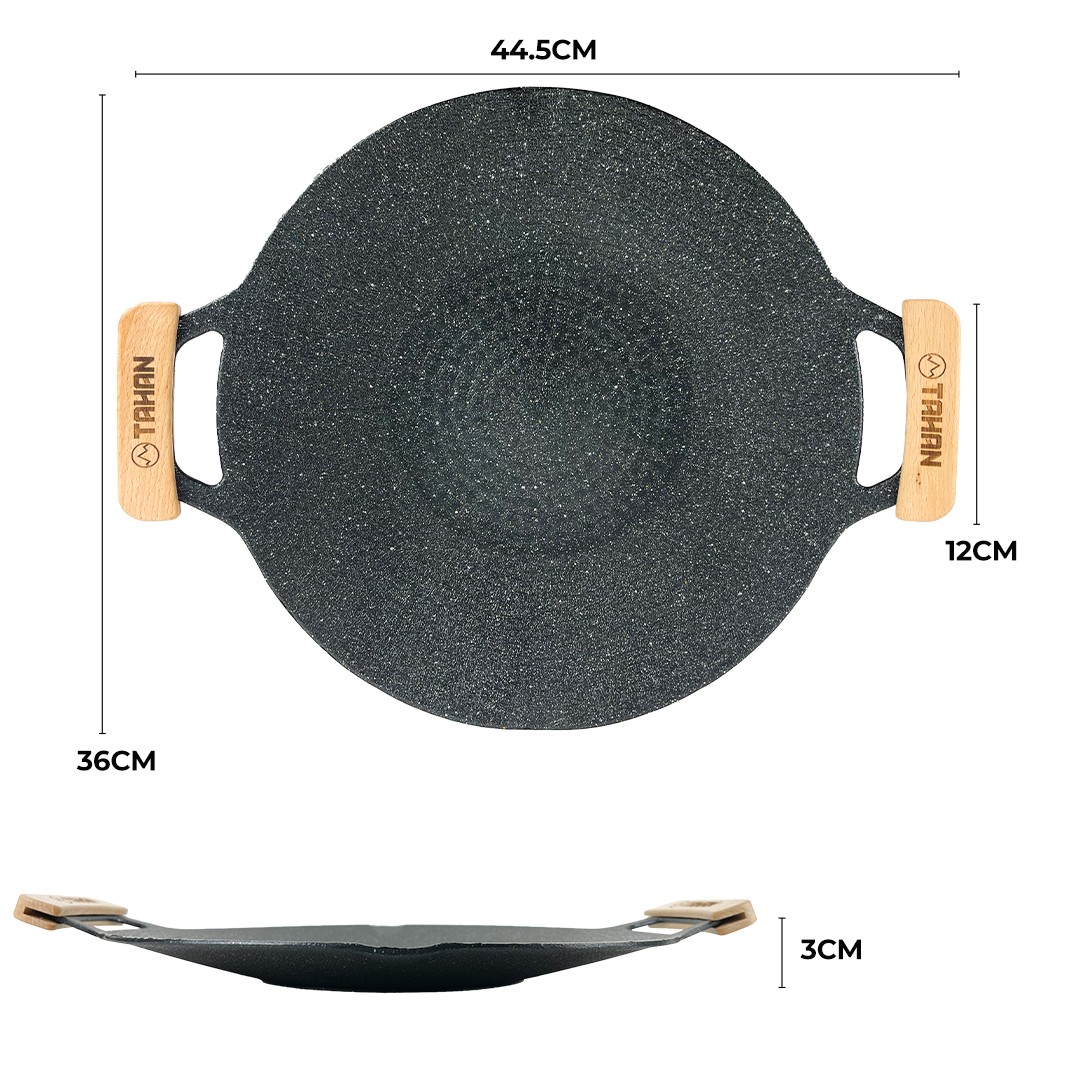
Shop Our Gears
Camp & Hike
TAHAN
COMBO
SLEEP SYSTEM
More tips that you might find useful:
Camp Cooking Gear Guide – Build the Ultimate Camp Kitchen!
Top 5 Most Popular Campsites in Selangor
Ultimate Guide to Tropical Leisure Camping in Malaysia: TAHAN’s Top 5 Gear Picks
The Ultimate Guide to Hammock in Malaysia: Comfort, Adventure, and Relaxation
Pet-Friendly Camping Site in Malaysia
Camping Escapes Near Kuala Lumpur
Best Hiking Apps to Enhance Your Outdoor Experience
Top 5 Camping Spots in Penang